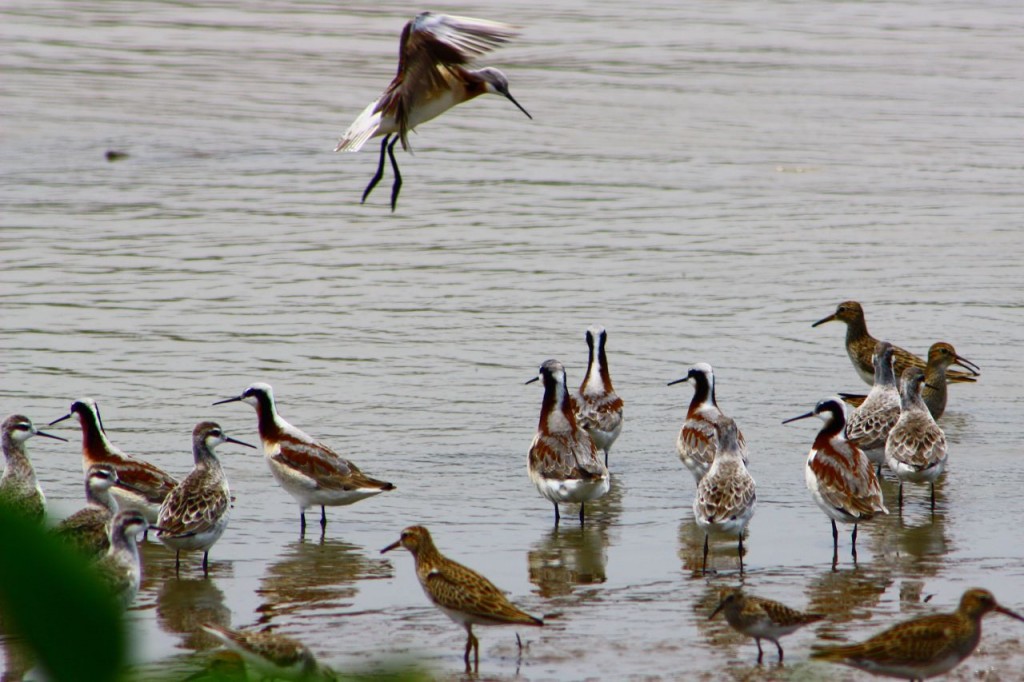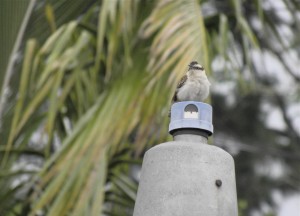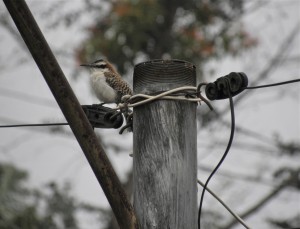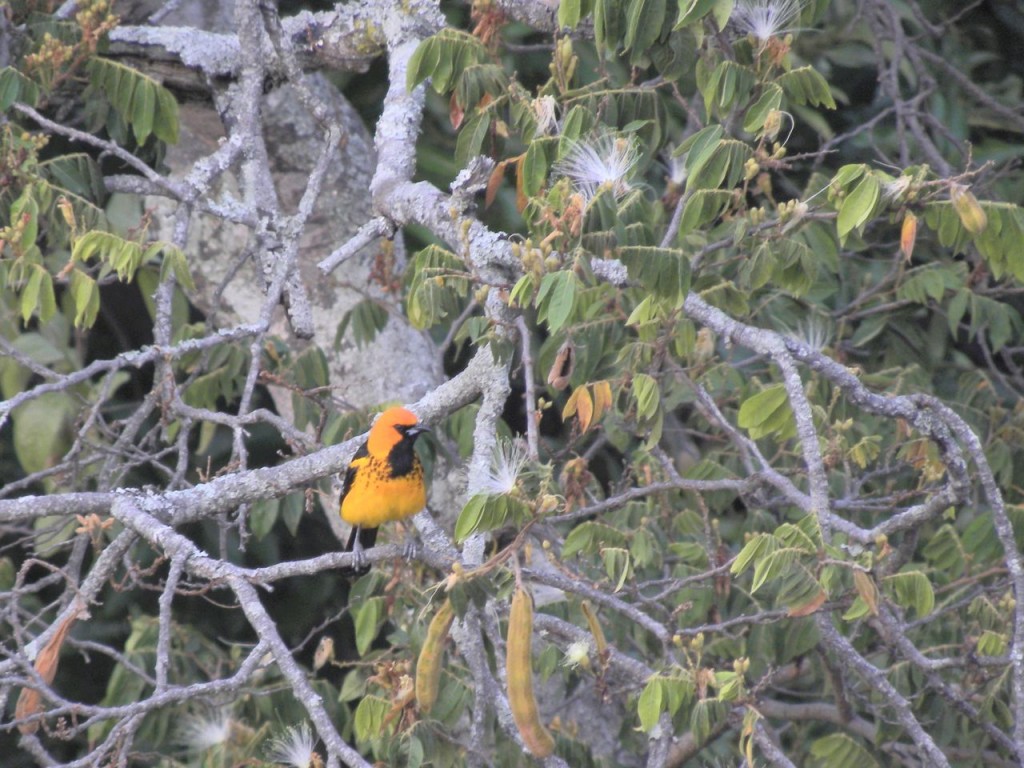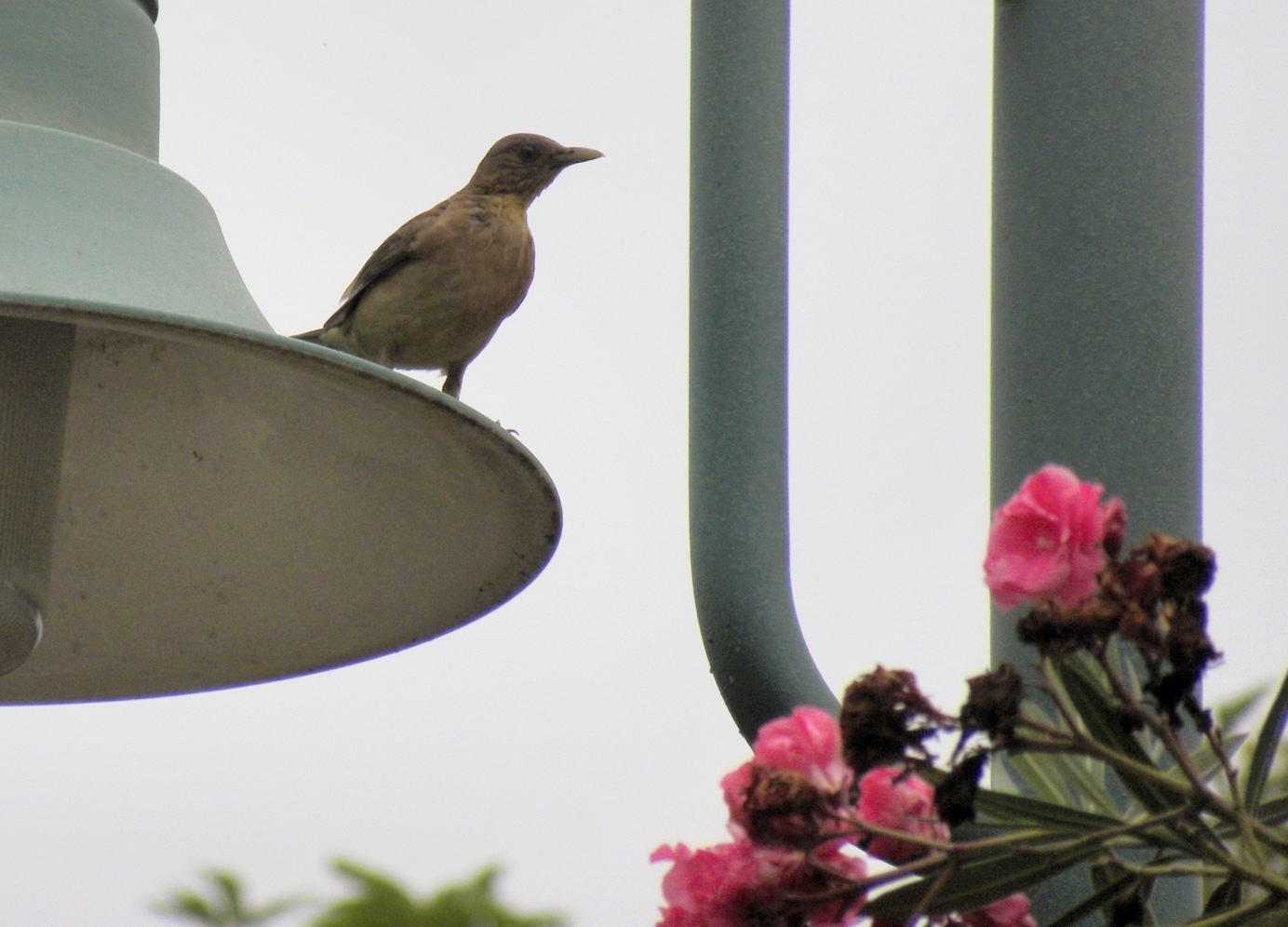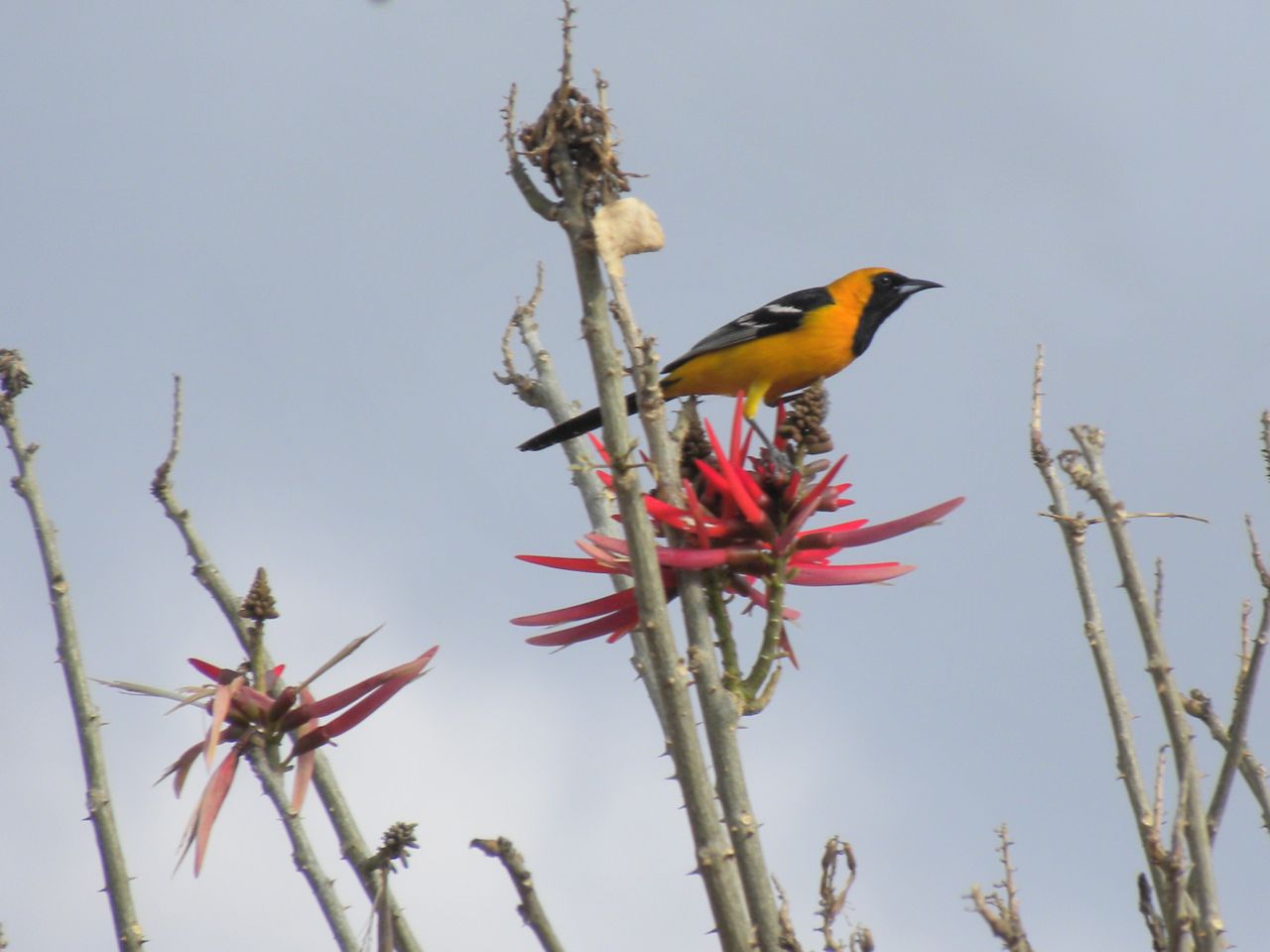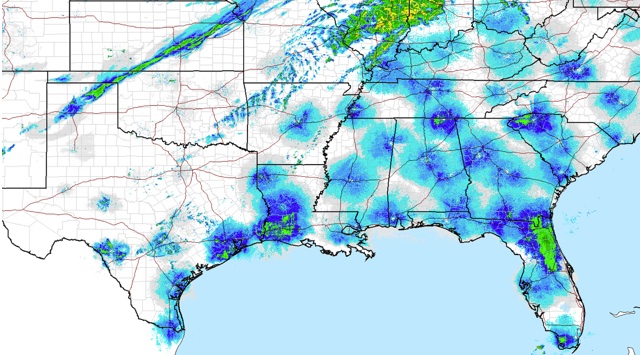May 3 2013. Suchitoto, El Salvador. I was just enjoying a day’s birding in the mountains of El Salvador guided by a quartet of local birders, when I encountered a bird I had no idea existed; a Masked Tityra. I spotted one high in a dense tree on the opposite bank of a wide gravelly river. I called to my companions, two more or less retired American gentlemen and a pair of energetic twenty-something Salvadorian men with excellent bird finding skills. By the time they joined me it had flown out of sight. All that I could tell them was that it was an ash-grey bird with a contrasting black tail band and maybe something red on the head, about the size of a parakeet. They scratched their heads, grunted noncommittally, so we moved on; it often goes that way in birding. Then moments later one of the young guys heard a call, put two and two together and suggested that I’d seen a Masked Tityra.
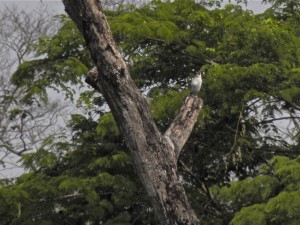
One look in a field guide and I agreed; that was my bird. All of that would have been satisfying in itself but then a while later, a pair of them landed quite close on a dried up old tree stump and I managed to get a few shots. I think the curiousness and novelty of this bird made it my Bird of the Day. I need to know more about this bird, but it can wait.
We were in Suchitoto in the mountains of El Salvador, a place of drama not only for the exotic bird life but also for its social history and physical geography. El Salvador endured a decade of civil war that left it a broken dysfunctional country. It is recovering but there is still much poverty and gross underdevelopment. Suchitoto was quite a hotbed of the rebel leftist guerrilla movement and there is much evidence of that in the town. To say that the war is over and all is forgotten would be an oversimplification, but the country is at peace, it’s calm except for the seismic activity and our morning’s birding included dancing across a small creek that bubbled with muddy hot spring oozings.
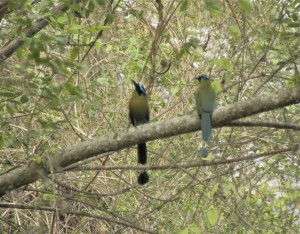
My half day in the heat produced many birds that were either new, newish or long-time-no-see to me, but at least I’d heard of them before: Elegant Trogon, Blue-crowned Motmot, Plain Wren, Roseate Spoonbill, and Collared Plover among them. We found a small group of Buff-breasted Sandpipers and debated for a long time over a pair of birds that I thought were Upland Sandpipers but turned out to be American Golden Plovers. I did not see them, but Marvin, our expert young guide, found and photographed a spectacular group of Wilson’s Phalaropes with some Pectoral Sandpipers mixed in. Courtesy of Marvin Qunitilla here’s his shot.